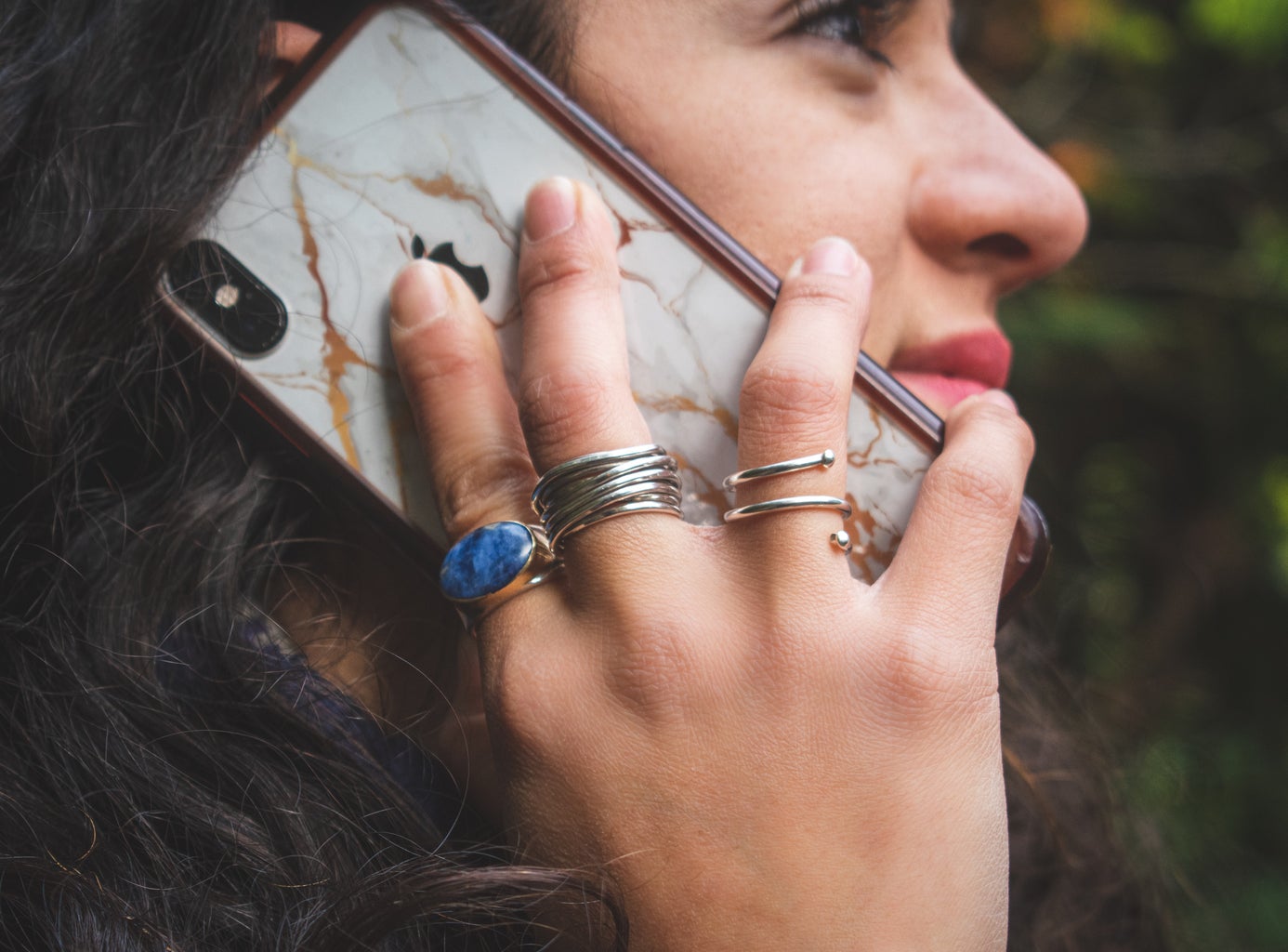Out of the third of the lifetime the average human spends sleeping, we spend about six of those years dreaming. However, due to the inactivity of our frontal lobes during rapid eye-movement (REM) sleep that are critical to memory formation, we cannot recall up to 95% of our dreams after waking. Despite our forgetting of these dreams, REM sleep does contribute to the processing of the emotionality of our dreams, allowing for the strong emotions felt while dreaming to be processed into our long-term memory. The dreams that we do remember after waking, possess strong emotional attachments to the emotions we feel in our waking life.
Although our memory of our dreams seem fleeting, the practice of dream record-keeping began as early as 2700 B.C. during the reign of the Babylonian empire. Hương Ngô, an interdisciplinary, multi-award-winning artist, challenges the temporality of dreams with The Dream Machine, an archive of dreams operated by phone. Volunteer contributors call the hotline, and an answering machine begins recording as one recalls their dream out loud. The Dream Machine additionally includes dream exchanges, where contributors will receive a call back to listen to a random recording from the archive.
Through speaking with Ngô, she shared that she was inspired by the dream journals she used to keep. Ngô founded The Dream Machine in 2005 in collaboration with artist George Monteleone. Ngô and Monteleone worked together on art projects prior to The Dream Machine that experimented with various devices to speculate on disconnects in communication, such as social awkwardness. In speaking with Ngô, she expressed that she was keen on exploring how “art can be a platform for…connections, especially between random strangers”, and was drawn to how “poetic” establishing a connection between strangers through “an intimate thing” like dreams was.
“There is…a way to find memory through these cues and systems, to forget and rediscover, or to come across something left by another.”
huongngo.com
During the project’s humble beginnings, Ngô and Monteleone did not have the technological means to automatically record dreams through a hotline. Ngô would manually record the messages of her callers with a voicemail recorder that would connect to her landline phone. She programmed the first digital version of The Dream Machine, which ran on a dedicated computer in her studio. Eventually, Zubalsky joined the project, and migrated the system online. In recent years, newer technology has allowed for the reprogramming of the project to the “streamlined” version it currently operates as.
“Once in a while, the machine has to look for a new home on the internet and adjust to a new environment,” said Zubalsky. “But it’s been running for many internets now!”
Although the collection part of The Dream Machine is now automated, the recorded dreams undergo a human filter before being cleared for outbound exchanges to callers. In the past, the team took note of common words and patterns to produce physical “Dream Reports’ and audio mixes of the dreams. For a sample of how The Dream Machine archive has been synthesized, listen to Monteleone’s spliced edits of dreams they have collected here.
“I’m very happy with… [The Dream Machine] being an archive that is publicly accessible,” said Ngô. “I don’t want to donate it to science because I feel it would be a betrayal to our callers…I want to work with [The Dream Machine] archive in a way that keeps with the feeling and attitude of the piece, which is lighthearted but also deep and meaningful for all of us.”
Everyone is welcome to participate in The Dream Machine. To expand the project’s audience outside of their social circles, Ngô recalls how she and Monteleone would make “business” cards for The Dream Machine to leave in public places such as phone booths or between the pages of library books for people to find and engage with.
“In this moment of time, it is harder to have those random connections with strangers. You don’t have to know about them or agree with their ideas, all you have to do is listen.”
Hương Ngô
If you are interested in getting involved in The Dream Machine, please contact Hương Ngô via email at huong@huongngo.com. To learn more about Ngô’s work and current projects, visit her website, huongngo.com.
*All information taken from an interview with Hương Ngô *



